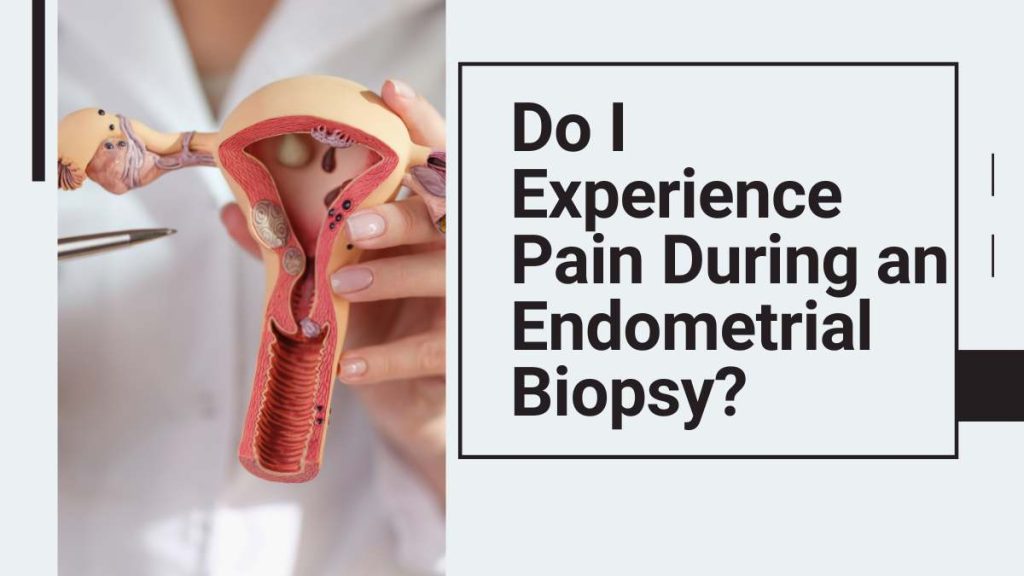- Oak Brook:(630) 705-9999
- Chicago:(312) 920-8822
- Email:inquiry@vervecollege.edu
- Make a Payment
- Home
- Programs
- Admission
- Resources
- ATI Entrance Exam Resources
- New E-Digital Library
- Refer a Friend
- School Newsletter
- Events
- Employers
- Job-Network
- Alpha Beta Kappa Candidates
- Verve College Library
- Graduation and Pinning Ceremony Photo Galleries
- Textbook Information
- Career Services
- Tutoring
- School Catalog
- FAQ
- Constitution Day Program
- Alumni
- Verve College Plans
- Financial Aid
- HEERF Reporting
- Satisfactory Academic Progress
- Apply For Financial Aid
- Net Price Calculator
- Return of Title IV Funds (R2T4)
- Financial Aid Office Code of Conduct
- Contact
- FAQs
- Verification Policy
- Vaccination Policy
- Student Right-to-Know Act
- Misrepresentation
- Information Security Program
- Academic Award Year
- Availability of Employee
- Cost of Attendance
- Health & Safety Exemption Requirement
- Students Rights and Responsibilities
- Leave of Absence
- Pell Formula
- Military Students
- Grants/ Scholarship Policy
- Contact Us
- Testimonials
- Blog
Is a Nursing Career Right For You?
Take The Free Quiz
Do I Experience Pain During an Endometrial Biopsy?
Do I Experience Pain During an Endometrial Biopsy?
An endometrial biopsy is a medical procedure during which your healthcare provider removes tissue from your endometrium for examination under a microscope to detect abnormal or cancerous cells that might exist therein.
What Are Endometrial Biopsies?
The procedure typically lasts less than 15 seconds in your provider’s office, and you should feel mild discomfort or cramping as part of this experience.
Your healthcare provider may recommend endometrial biopsies to identify the source of your symptoms as per your medical history, potentially diagnosing conditions suggested through tests such as ultrasounds and Pap tests. Endometrial biopsies may be performed for various reasons:
- Irregular periods or menstrual cycles
- Heavy bleeding
- Abnormally long periods
- No periods
- Bleeding after menopause
- Blood abnormalities while taking tamoxifen or hormone therapies
- Thickened uterine lining
- Irregular cells on your pap test results
What Happens in an Endometrial Biopsy?
An endometrial biopsy is one of the most accurate and common ways of diagnosing endometrial carcinoma; most likely, those over 35 with uteruses will receive one for routine health checks.
An endometrial biopsy entails your healthcare provider inserting an ultrathin tube through your cervix into your uterus to suction out small endometrium samples from within your uterine walls, typically taking less than 15 minutes. An endometrial biopsy pain level ranges from mild to moderate.
What Can I Expect During an Endometrial Biopsy?
Endometrial biopsies typically occur within your doctor’s office or outpatient facilities without administering anesthesia to keep costs as low as possible for you and them. Evening LPN programs give students an in-depth understanding of the procedure.
Follow these steps to complete the procedure:
- You will undress yourself from the waist and cover your body with a sheet.
- Place your feet in stirrups, and lie back on the exam table. This is similar to a pelvic examination or pap test.
- The healthcare provider inserts a speculum in your vagina (similar to a pap Test) to open it up so they can view your cervix.
- Your provider will use a special cleaning solution to clean your cervix.
- A tenaculum is a unique tool that helps hold your cervix in place so the doctor can insert a suction tube into your uterus. This step can be painful for some women.
- Your provider will then insert a thin tube of suction through your cervix and into your uterus in order to collect a tissue sample. Your provider may move the instrument to collect the tissue sample.
- Your provider will send the tissue to a pathologist, who will analyze the cells.
The actual procedure usually takes five to fifteen minutes.
What Happens After Having My Endometrium Biopsy Done?
Once the healthcare provider has removed their instruments from you, you should have enough time to dress and rest before leaving the room and driving yourself home afterward.
After your biopsy, place a sanitary napkin in your underwear. Vaginal bleeding and cramps should only last a few days; you can manage discomfort by taking over-the-counter pain relievers like acetaminophen or ibuprofen to alleviate cramps.
What Are the Risks Associated With Endometrial Biopsies?
The following are some risks of conducting an endometrial biopsy:
- Infection
- Bleeding
- Spots and cramps that persist for several days
Do I Feel Pain During an Endometrial Biopsy?
The endometrial biopsy pain level isn’t severe. While you should expect some cramping during and following an endometrial biopsy procedure, your tolerance to pain varies widely; healthcare providers do not consider an endometrial biopsy a painful procedure in general.
Contact your healthcare provider immediately if you experience pelvic discomfort for several days after receiving a biopsy.
What Can We Expect to Find With an Endometrial Biopsy?
Normal results mean your provider found no abnormal cells during your sample analysis. If your provider detects abnormal results, they have discovered cells with potential abnormalities. Possible explanations may include:
- Endometrial cancer
- Uterine fibroids
- Polyps
- Infection of the uterine lining
- Hormonal imbalance
How Soon Should I Expect the Results of My Endometrial Biopsies to Arrive?
Results can take anywhere between one week to arrive following your biopsy procedure. In case you experience cramping or pain for several days following a procedure. Bleeding for more than 72 hours. Even with favorable biopsy results, symptoms like irregular bleeding could persist.
Conclusion
Your healthcare provider might suggest endometrial biopsies to detect endometrial cancer or determine what’s causing irregular bleeding. The procedure usually lasts 15 minutes with only minor risks involved – your provider will remove a sample of endometrial tissue from your uterus before sending it off for analysis in a laboratory.
Expect cramping similar to menstrual pain, light bleeding, and a slight endometrial biopsy pain level over several days following your biopsy procedure. If you wish to learn more about the procedure on a deeper level, you should look for an anatomy and physiology course near me.
 Sign up
Sign up Login
Login




